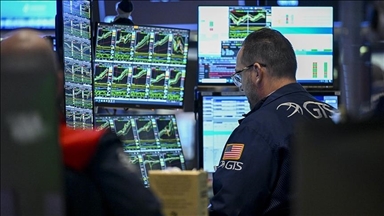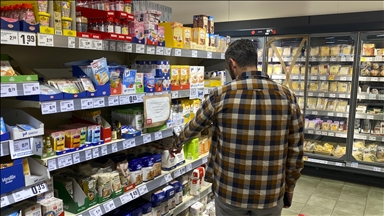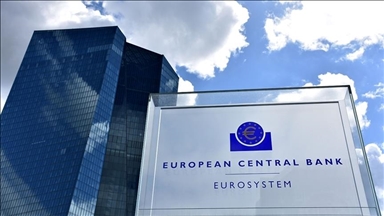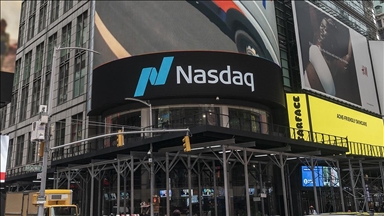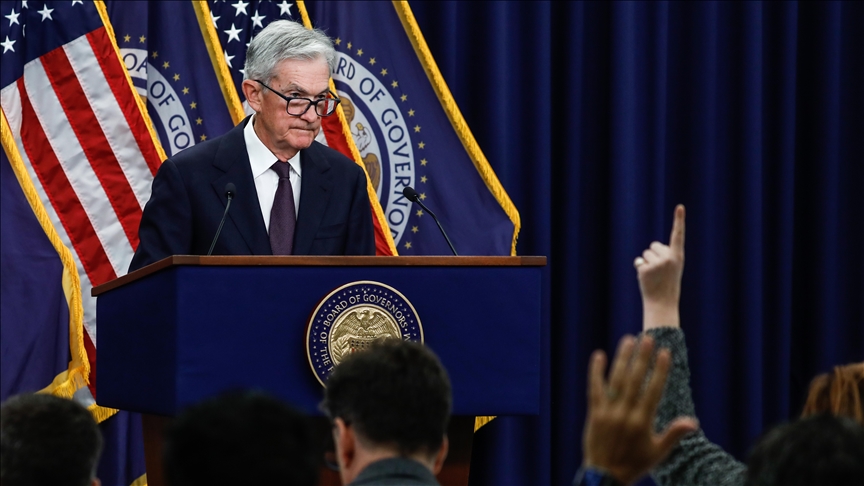 Federal Reserve Chairman Jerome Powell
Federal Reserve Chairman Jerome Powell
ISTANBUL
US Federal Reserve Chair Jerome Powell said Tuesday that the weakness in the job market led to the Fed’s recent rate cut, as the risk in the slowing labor market outweighed inflation concerns.
"Near-term risks to inflation are tilted to the upside and risks to employment to the downside – a challenging situation," Powell said in a speech to business leaders in the state of Rhode Island. “Two-sided risks mean that there is no risk-free path.”
The Fed's first rate cut of the year came last week after indications that the labor market is slowing and that the short-term effects of higher tariffs have caused inflation to rise.
Powell stated that the Fed's role in these situations is to "balance both sides of our dual mandate" for low unemployment and stable pricing.
The chair said he is comfortable with the Fed's current policy path, though he indicated the possibility of additional cuts should the central bank see the need to be more accommodative.
“The increased downside risks to employment have shifted the balance of risks to achieving our goals,” Powell said. “This policy stance, which I see as still modestly restrictive, leaves us well positioned to respond to potential economic developments.”
Labor market, inflation
Powell noted "a marked slowdown" in supply and demand in the labor market. “In this less dynamic and somewhat softer labor market, the downside risks to employment have risen,” he said.
The US labor market has slowed in recent weeks. In the 12 months leading up to March 2025, benchmark revisions revealed that roughly a million fewer jobs were created, and payroll growth has slowed significantly, averaging below 30,000 during the summer.
While the Fed's 2% target inflation rate has been significantly exceeded, it has fallen significantly since reaching a more than 40-year high in 2022.
On the tariffs' effects on inflation, Powell said "a reasonable base case" is that the tariff-related effects on inflation will be relatively short-lived – a one-time shift in the price level. He said: "A 'one-time' increase does not mean 'all at once.’ Tariff increases will likely take some time to work their way through supply chains. As a result, this one-time increase in the price level will likely be spread over several quarters and show up as somewhat higher inflation during that period.”
“Uncertainty around the path of inflation remains high. We will carefully assess and manage the risk of higher and more persistent inflation. We will make sure that this one-time increase in prices does not become an ongoing inflation problem," Powell added.





